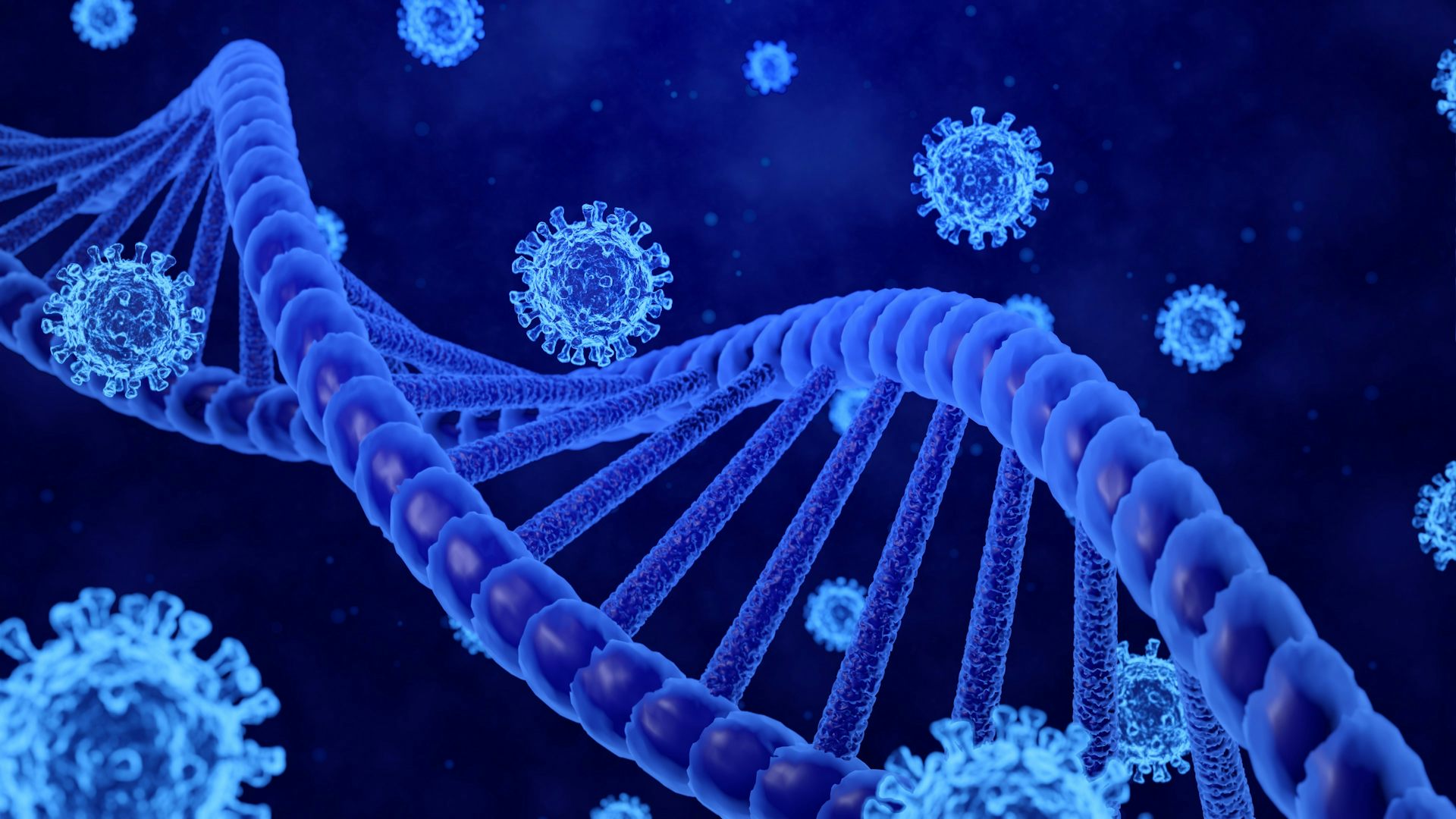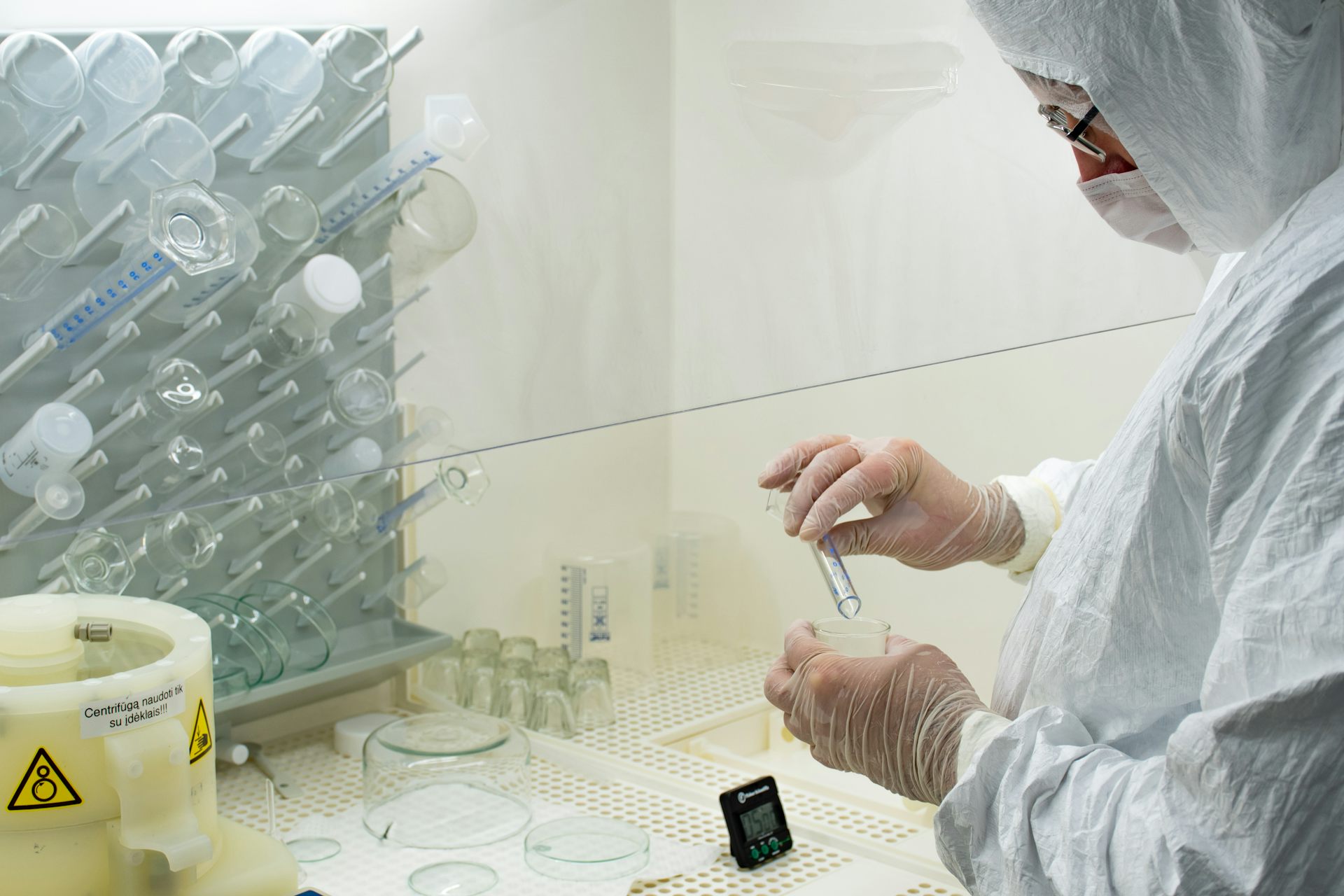Recent research has revealed just how sneaky the designer of the SARS-Cov-2 virus that caused COVID-19 would have had to have been, had there been any truth in the childish Creationists superstition that there is a magic intelligent [sic] designer who designs these things.
Like several other pathological viruses and bacteria, SARS-CoV-2 can manipulate out epigenetic system for its own advantage. Briefly, the epigenetic system is a complex process for turning off those genes that are not needed in the specialised cells of a multicellular organism.
In fact, the existence of this complex process is one of the strongest arguments against any intelligence being involved in evolution because it is only needed because the cells in a multicellular organism replicate in exactly the same way as a single-celled organism, even though only a fraction of the DNA will be needed in any specialised cell, whereas a single-celled organism needs its entire genome to function. No intelligent designer who understood the basic principles of good design would come up with such a complex system when it should not be beyond its wit to design a system where only those genes needed by the specialist cells were inherited by them. Utilitarian evolution, on the other hand, is quite capable of coming up with something so unintelligent.
Back to the discovery of what the SARS-CoV-2 virus is capable of:
The following article from The Conversation by Lara Herrero, Research Leader in Virology and Infectious Disease, Griffith University, Queensland, Australia, explains the research and its significance. It is reprinted here under a Creative Commons licence, reformatted for stylistic consistency. The original article cam be read here:

COVID is a ‘smart virus’ that can affect DNA – but that doesn’t mean you can pass it on to your kids

Credit: Shutterstock
Lara Herrero, Griffith University
The emergence of SARS-CoV-2 (the virus that causes COVID) has changed the world as we know it. Although new vaccines and antiviral treatments have brought hope, the pesky virus has continued to mutate and evade us.
Knowledge has been building about how this virus operates and why it continues to pose a challenge. We have heard reports of the virus resulting in “immune exhaustion”, potentially triggering autoimmunity (when the body attacks itself) and even shrinking the brain.
Now scientists are discovering just how the virus impacts DNA. It looks like this could give it the power to evade our immune system – but that doesn’t mean it can get passed on genetically.
We knew about how #SARSCoV2 blocks our defenses by its mutations (immune escape) and inhibiting interferon. Now a new mechanism, mimicking a protein, described @Nature https://t.co/oKQxK6PgK8@PennEpiInst @KorbLab https://t.co/t5Pbj2emWN@ProfVolkerThiel pic.twitter.com/nu79A5Ef4u
— Eric Topol (@EricTopol) October 5, 2022
Research published in Nature earlier this month found one of the SARS-CoV-2 proteins is able to imitate one of our cellular proteins called histones.
Histones are required to condense DNA. This allows DNA to be packaged into tight bundles, ensuring it all fits within a cell. Histones frequently change and respond to external cues to regulate the DNA. They help to switch genes on or off.
The new finding indicates SARS-CoV-2 can disrupt our genes and their expression.

DNA is coiled around histone proteins so it can be tightly packed in a cell nucleus.
Credit: Wikimedia Commons, CC BY
The study found one of the SARS-CoV-2 proteins – called “open reading frame 8” (ORF8) protein – has evolved to mimic a part of human histone called H3.
This mimicking seems to alter the way H3 functions and changes the host’s epigenetics. The researchers found that when they deleted a critical region of the ORF8 protein or the entire ORF8 protein, the virus was not able to replicate to the same high levels as the original COVID strain in human lung alveolar cells. This suggests the ORF8 protein contributes to COVID disease severity.
The research reveals an epigenetic mechanism that promotes SARS-CoV-2 virulence within the population. These findings may also help researchers understand how COVID develops and the disease severity of emerging viral strains.
What are ‘epigenetics’ again?
Our genes can be thought of as a blueprint that determines how our bodies are built. Collectively, the study of our genes and how these are passed from parent to offspring is called “genetics”.
“Epigenetics” refers to the factors that influence which genes are switched on or off. These factors include lifestyle elements we can control (think diet, exercise, sleep, smoking), age or even some infections.
So, whereas genetics refers to the blueprint (genes), epigenetics refers to how that blueprint is read (gene expression).
Some epigenetic factors can be passed on from parent to child, but this does not mean the newly reported impact of SARS-CoV-2 on our histones will be.
So, does this change what we already knew?
This is not the first time research has found that pathogen (invading bugs or diseases) affect our epigenetics.
It is well established that the pathogen that causes tuberculosis, Mycobacterium tuberculosis, changes the host gene expression through histone modification to promote its own survival.
Similarly, viruses like adenovirus (which can cause colds, conjunctivitis, gastro and more), human papilloma virus and herpes viruses are all known to alter host epigenetics through various mechanisms.
Evidence has been growing to suggest COVID impacts our immunity, but questions still remain as to how. This newly discovered SARS-CoV-2 mechanism provides another piece of the puzzle and might help to explain one way that the virus disrupts epigenetics to lead to more severe COVID.

The new finding might help science protect the human immune system.
Credit: Shutterstock
Epigenetics is a relatively new field of study that holds promise for the development of new therapies.
It is still early days for this research, but future investigation might look for ways to counteract the virus’s impact on our histones as a way of protecting our immune system.
The battle to conquer COVID continues, and we are reminded that prevention – for now, in the form of vaccination and boosters, wearing N95 respirator masks and proper ventilation – is always better than cure.
The pandemic is far from over and the SARS-CoV-2 virus, in one form or another will be with us for many more years, possibly for ever.




No comments :
Post a Comment
Obscene, threatening or obnoxious messages, preaching, abuse and spam will be removed, as will anything by known Internet trolls and stalkers, by known sock-puppet accounts and anything not connected with the post,
A claim made without evidence can be dismissed without evidence. Remember: your opinion is not an established fact unless corroborated.